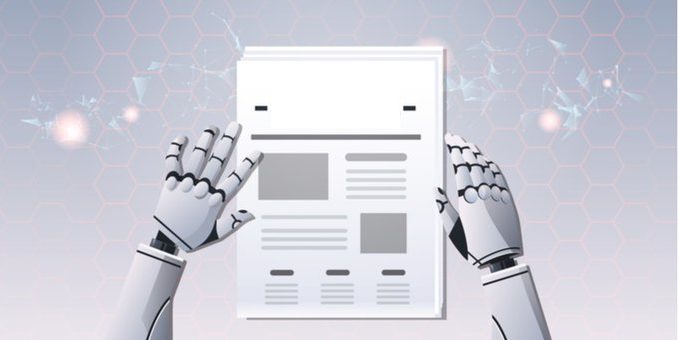
There is always a chance that the information you hear or read may not be accurate, whether it comes from a physical newspaper or magazine, an internet source, or the radio. False information has existed for as long as human culture, but the sheer volume of information we receive from the linked, online world makes us particularly susceptible to inadvertently ingesting material that has been twisted or falsified. Garry M. Paxinos, CTO of netTALK CONNECT and NOOZ.AI, shares how AI can help tackle the issue of fake news and the complexities of bias.
Consumers are accustomed to having their opinions influenced by what they read, see, and hear online, such as through influencer marketing or celebrity endorsements. Opinions have a lot of power, whether or not facts support them, and a lot of false news depends on stirring up strong emotions. We frequently need to pause to consider if what we have heard or read is accurate when our attention and feelings are involved.
According to MIT researchers, it takes truthful news six times longer to reach 1,500 people on Twitter than fake news. Furthermore, the chain length—the number of people who shared a social media post—of accurate vs. fake news was highly disproportionate. Verifiable news never exceeded 10, but it increased to 19 for false news. This is partially due to bot swarms used by malevolent actors to spread incorrect information.
